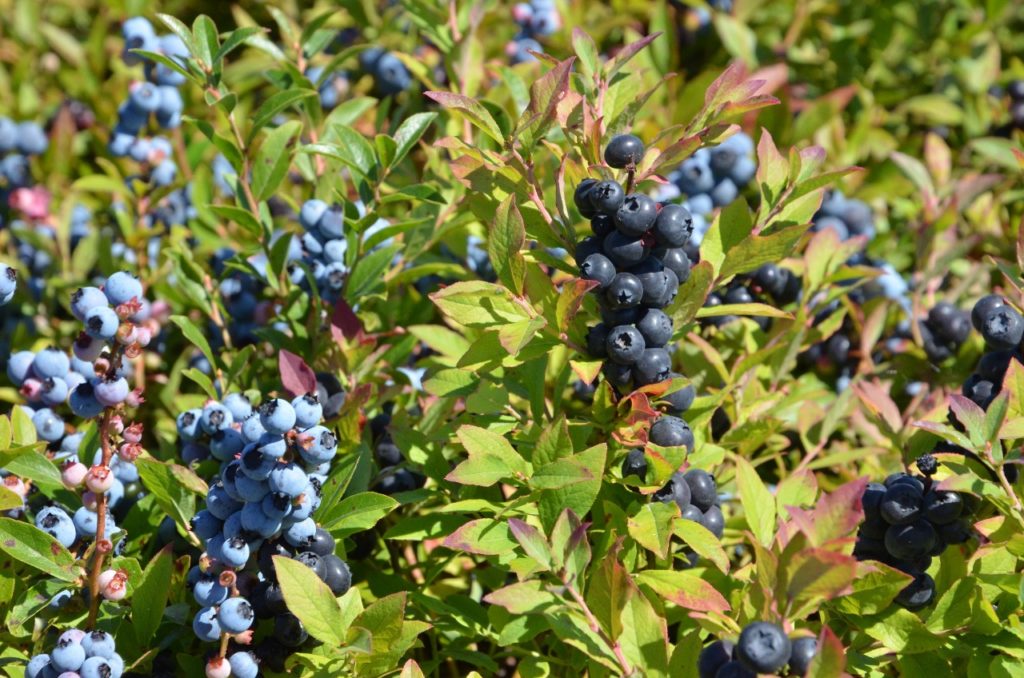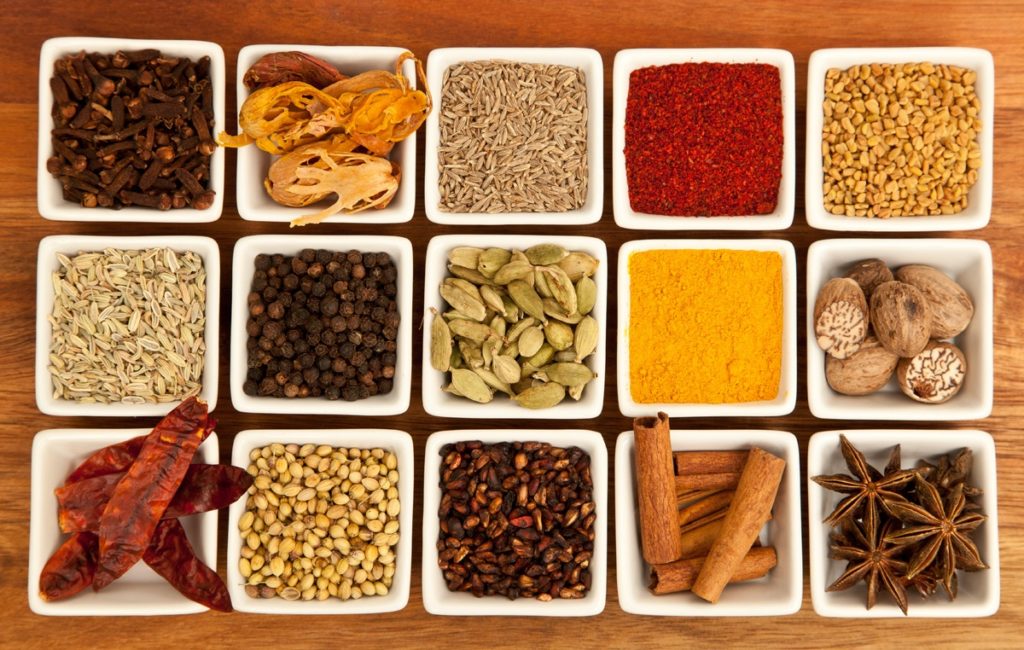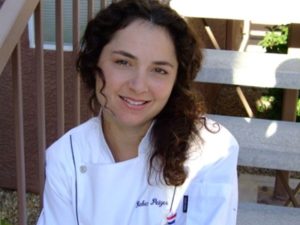Flavor Complexity Adds Value to Products: Wild Blueberries are Naturals
Editorial consulting by the Culinary Institute of America
Think of your taste buds as thousands of switches that turn off or on every time you put something into your mouth. Every time they fire, they send a pattern of information to your brain to be processed, similar to a computer code. A salted caramel chocolate, for example, might send a pattern of salty/sweet/sweet/salty/sweet/bitter as it dissolves over your palate.Now imagine that these switches are concentrated in certain locations, can vary in the length of time they stay open, and can send signals of different intensity, and you start to get an idea of the complex world of flavors. In all, the human palate is capable of processing as many as 100,000 different flavors.
Just for fun, let’s say that the flavor switches on your palate can turn off and on rapidly as different components of the food are introduced. For example, nuoc cham – the popular Vietnamese dipping sauce – might have a sour map of slightly sour/really sour/sour again/slightly sour again. If you’re a fan of nuoc cham, then your mouth and your senses take pleasure and delight as these layers upon layers of flavor create depth.

The fact is that complex flavors are generally thought to be more pleasing and, it’s no surprise that they also command a higher price. The most celebrated coffees, olive oils, and even bottled waters are perfect examples. It may surprise you to know that Wild Blueberries belong in this group as well. They really can’t help it – the average field of Wild Blueberries contains hundreds of different cultivars, each with its own distinct attributes. Certain cultivars are sweeter than others. Some have more tannins. Others are deeper in color. Some even burst open differently in the mouth when consumed, offering layered texture and even sound conducted by the jawbone to the brain. The color, texture, smell, and flavors that spread across your entire palate make Wild Blueberries a symphony for the senses.
[blog_cta post_id=”16173″]
Chefs, winemakers, and cultures across the globe have long understood the appeal of combining flavors. In Napa Valley the process of blending individual grape varietals to create a multi-layered wine is aided by science and technology (i.e. very expensive equipment). Indigenous cultures, on the other hand, have, for centuries, created spice rubs to flavor and preserve their foods, such as Ras al Hanout from Morocco or Za’attar spice from the Middle East, made by home cooks using no particular recipe other than “a dash of this, a handful of that.” What ties these two examples together is how the depth of flavor is maximized when there is a great understanding of the ingredients involved.
Our sense of taste has long been understood to involve a very particular map of the tongue where salty, sweet, sour, and bitter receptors all had their allotted real estate. Not until recently, and with the understanding of a fifth sense, the savory “umami,” did we come to know that taste can be perceived all over the walls of our mouth and encompasses the entire tongue. But taste alone does not bring food and drink alive. We need our sense of smell both when we sniff a fine wine and when we chew a well-prepared steak, to get what it is we call flavor. This might help explain why we swish wine around our mouths after we smell it, or why we close our eyes and inhale the warm steam coming off a perfectly seasoned bowl of soup.

Global spice rubs and sauces can act in much the same manner. They are used first for preservation, as many of the chemical compounds found in ground spices and chili peppers deter bacteria, (or in the olden days, mask what that has already started to expire) and are then used for flavor. Layers upon layers of spices build upon each other for complexity such as earthy flavors from paprika, herbaceousness from oregano, sweetness from cinnamon, or even spiciness from white pepper.

In many ways, Wild Blueberries present a naturally occurring blend of flavor complexity that other products require human intervention to achieve. Wild Blueberries certainly benefit from human hands, of course – but rather than seeking the perfect blend of fruit, it means perfecting the crust for a great pie, a great smoothie, or the grilled venison to pair with Wild Blueberry chutney. Anybody hungry?
[blog_cta post_id=”16172″]
About the Author

Chef Rebecca Peizer, C.H.E. C.E.C.
Associate Professor of Culinary Arts
Culinary Institute of America at Greystone
Rebecca’s passion for food set her on a path to the Culinary Institute of America where she graduated in 2000. From there, she set off to New York City where she became a private chef. She took her next big step in the culinary world when she moved to California and opened Roux, a restaurant in St. Helena in the heart of the Napa Valley. Roux quickly took off and theSan Francisco Chronicle named it Top 10 Restaurants in the Bay Area 2001. On the heels of that honor, Food & Wine named her Top 10 Sous Chefs in America 2002. Over the course of her career, Rebecca has had the opportunity to work with many great chefs including Jacques Pepin, Martin Yan, Bradly Ogden, Cindy Pawlcyn, and Julia Childs. She has catered events for presidential candidates, Napa Valley winemakers, and prominent artists, and now shares her passion for food and wine with students at the Culinary Institute of America at Greystone in Napa Valley.

